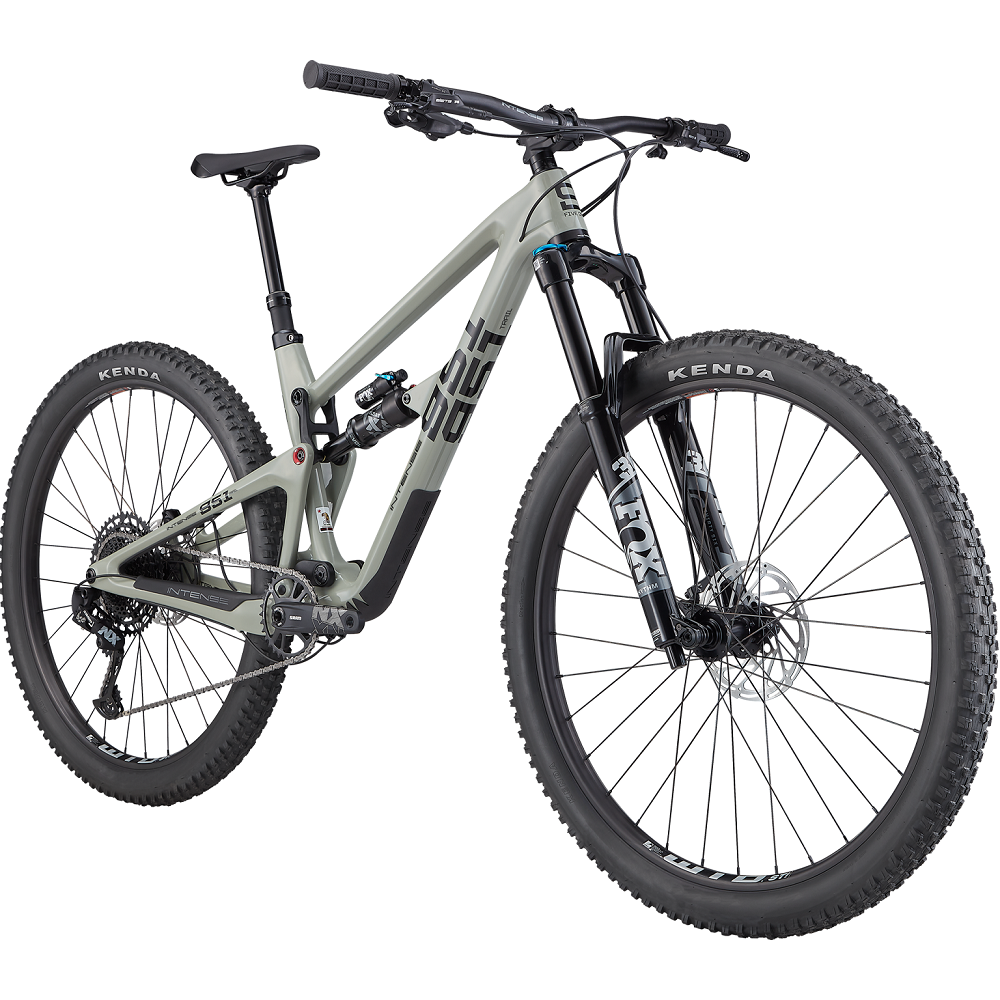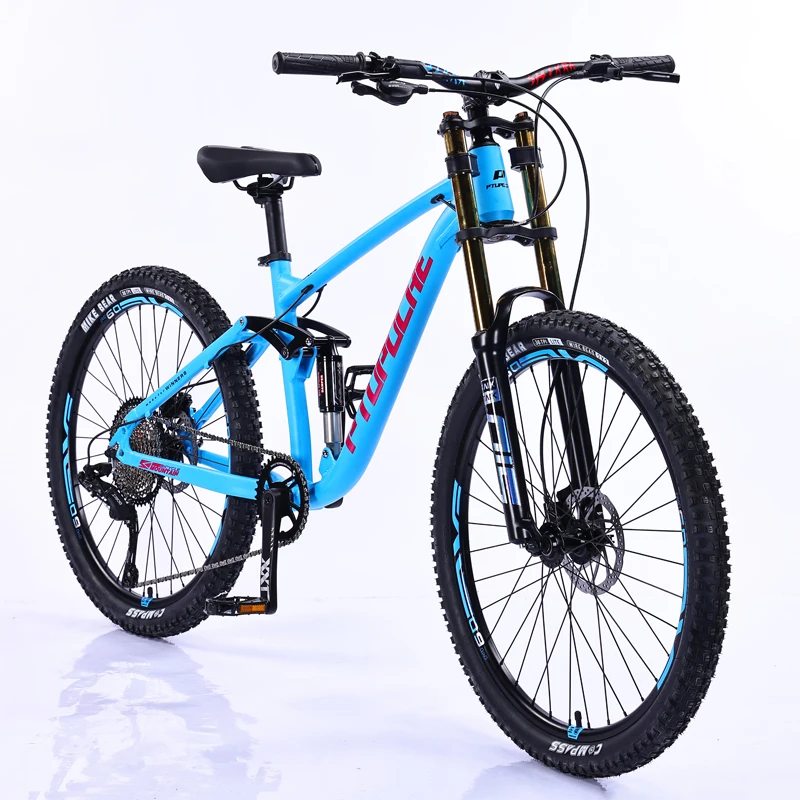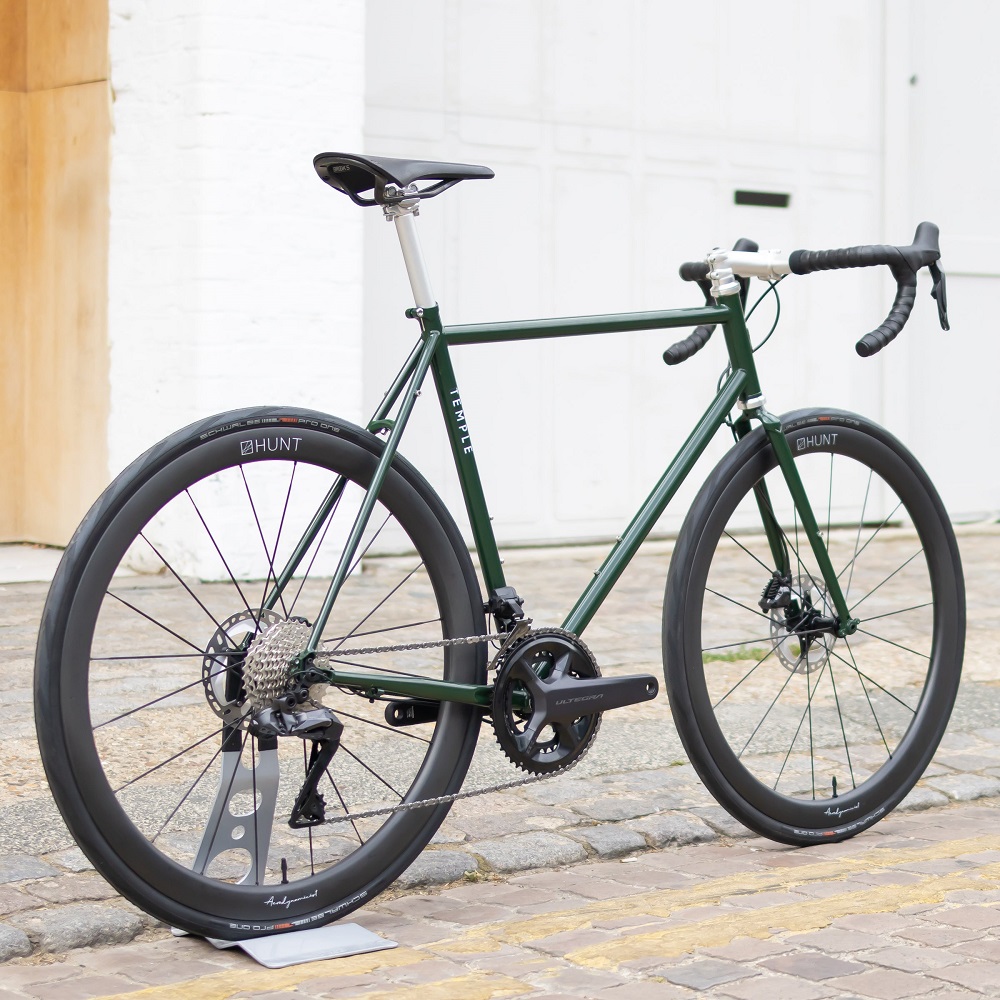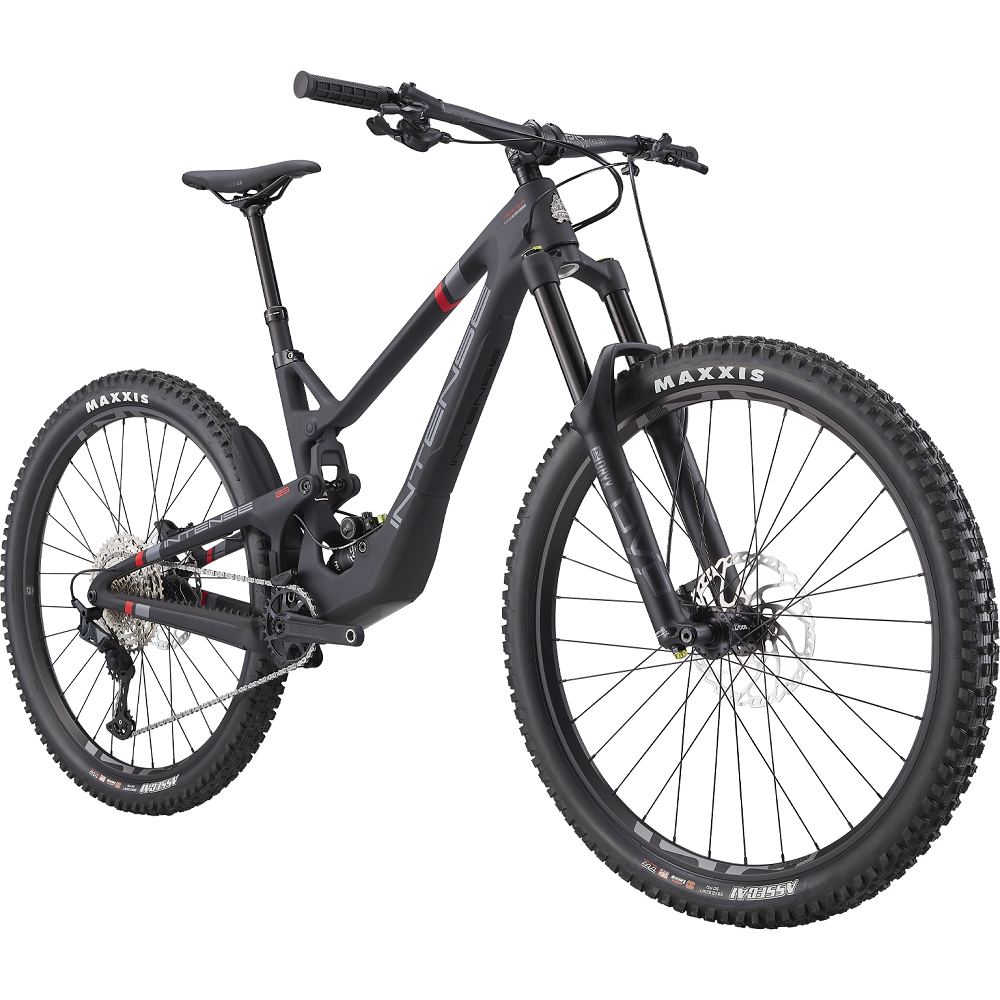Introduction to Road and Mountain Bikes
Road and mountain bike serve distinct purposes. Each is designed for specific types of riding and terrain. Understanding their differences helps riders choose the right bike for their needs.
Brief Overview of Purpose and Usage
Road bikes excel on paved surfaces. They are built for speed and efficiency on asphalt. Riders use them for commuting, racing, or long-distance journeys. Mountain bikes are made for rugged trails and off-road adventures. They handle forests, rocks, and rough terrain.
Key Features That Set Them Apart
Road bikes are lightweight and have slim, smooth tires. They feature aerodynamic frames for faster speeds. Handlebars are typically dropped to enhance control and reduce air resistance. Mountain bikes are sturdier, with wider, knobby tires for better grip on uneven ground. They often come with suspension systems to absorb shocks and provide a smoother ride on rough surfaces.

Frame Design and Geometry Differences
Understanding the differences in frame design is crucial for choosing the right bike. Road bikes and mountain bikes have unique geometries tailored to their intended usage.
Road Bike Frame Characteristics
They feature lightweight materials such as carbon fiber or aluminum. The design emphasizes aerodynamics with slim tubing and compact shapes. The handlebars are positioned lower to reduce wind resistance and enable aggressive riding postures. Road bikes typically have a shorter wheelbase, enhancing maneuverability on flat terrain.
Mountain Bike Frame Characteristics
Mountain bike frames are designed for durability and stability. They use strong materials like steel or reinforced aluminum. The design focuses on handling rough trails, incorporating slacker angles to increase control. Longer wheelbases help maintain balance on uneven terrain. Mountain bikes often include reinforced frames to endure jumps and impacts. The higher handlebars allow riders to maintain an upright position, improving comfort and control during off-road adventures.
Tires and Wheels
The tires and wheels of road and mountain bike differ significantly. These distinctions influence performance and suitability across terrains.
Road Bike Tire Features
Road bikes feature slim, smooth tires designed for speed and efficiency on paved roads. The narrow width reduces rolling resistance, allowing faster rides. Tires are typically high-pressure to enhance performance and minimize friction. They are ideal for asphalt surfaces, long distances, and competitive cycling.
Mountain Bike Tire Features
Mountain bike tires are wide and knobby for maximum grip on rough terrain. The tread pattern ensures stability on dirt, rocks, and uneven trails. These tires operate at lower pressures to absorb shocks better. Some are tubeless, reducing flats during off-road adventures. Durability is emphasized to withstand rugged environments.
Differences in Wheel Size and Material
Road bikes generally use 700c wheels, emphasizing speed on smooth pavement. These wheels are lightweight and often made from carbon fiber or aluminum. Mountain bikes commonly use varied sizes like 26-inch, 27.5-inch, or 29-inch wheels. Larger wheels provide better traction and stability on loose surfaces. Strong materials like reinforced aluminum or steel are used for enhanced durability. These differences make each bike type ideal for its intended environment.

Suspension Systems and Components
Road bikes and mountain bikes differ greatly in their suspension systems and component designs. These variations address their specific riding environments and needs.
Road Bikes: Minimal Suspension
Road bikes typically lack suspension systems. They are built for smooth, paved surfaces. The focus is on speed and efficiency rather than shock absorption. Their rigid frames allow direct power transfer to the wheels. This design enhances performance and reduces weight. For vibration control, some road bikes integrate carbon fiber sections. These features keep the ride smooth while maintaining lightweight construction.
Mountain Bikes: Comprehensive Suspension
Mountain bikes include robust suspension systems to handle rough terrain. They are designed for absorbing shocks from rocks, roots, and jumps. Front suspension (forks) and rear suspension (shocks) provide stability and comfort. Hardtail mountain bikes have suspension only in the front, which makes them lighter. Full-suspension models include both front and rear systems for better control on challenging trails. Suspension components often offer adjustable settings to match various terrains. This ensures a safe and smooth ride in demanding off-road conditions.
Riding Styles and Terrain Adaptation
Understanding riding styles and terrain is essential for choosing between road and mountain bike. Each bike type excels in specific conditions, offering unique experiences and benefits.
Road Bikes for Smooth Pavement Riding
Road bikes are built for speed and efficiency on paved roads. Their lightweight frames and slim tires allow riders to travel fast. Aerodynamic designs reduce wind resistance and improve performance. These bikes are perfect for commuting, racing, or cycling long distances. Riders benefit from precise handling on flat surfaces and smooth terrain.
Road bikes are most suited for urban areas and highways. They shine on stretches of asphalt and concrete. The lack of suspension systems minimizes weight and emphasizes direct power transfer. This setup enhances speed but limits comfort on uneven paths. Road bikes are ideal for riders focused on maximizing velocity and maintaining smooth rides.
Mountain Bikes for Challenging Off-Road Conditions
Mountain bikes excel in rugged environments and harsh terrain. Their sturdy frames and wide tires ensure better grip on dirt trails. Suspension systems absorb shocks, improving comfort on bumpy paths and rocky areas. These bikes are designed for navigating forests, mountains, and uneven trails.
The geometry of mountain bikes allows better control and stability. Slack angles and higher handlebars provide ease in steep and challenging routes. Mountain bikes adapt well to changing conditions, offering reliable performance on rough paths. Whether tackling muddy tracks or technical climbs, they deliver the durability riders need.
Mountain bikes are perfect for those seeking adventure and exploring off-road trails. Their design prioritizes traction and comfort, making them versatile for various challenging terrains.

Braking Systems Comparison
Braking systems differ significantly between road and mountain bike. Each is designed to meet specific needs and terrains.
Road Bike Brakes
Road bikes use lightweight braking systems for efficiency. These include rim brakes or disc brakes. Rim brakes are common and clamp onto the wheel’s rim to stop. They are lightweight and ideal for smooth, paved roads. Disc brakes are gaining popularity on road bikes. They provide better stopping power in wet or steep conditions. Disc brakes are either mechanical or hydraulic. Hydraulic systems offer stronger and more precise braking. However, they add weight compared to rim brakes.
Mountain Bike Brakes: Performance and Durability
Mountain bikes prioritize powerful and durable braking systems. These bikes primarily use hydraulic disc brakes. Hydraulic brakes deliver consistent stopping power on rough, steep trails. They perform well in muddy, wet, or dry conditions. Their design handles the demanding nature of off-road riding.
Mechanical disc brakes are less common but offer a simpler option. However, they lack the precision of hydraulic systems. Mountain bike brakes often feature heat-resistant rotors. This ensures performance during long, steep descents. Robust designs handle shocks and impacts, maintaining reliability and rider safety.
In summary, road bike brakes focus on lightweight efficiency, while mountain bike brakes emphasize power and durability. Both systems are designed specifically for their distinct terrains and riding conditions.
Gear Systems and Transmission
Gear systems play a crucial role in the performance of both road and mountain bike. They affect how efficiently riders can navigate various terrains. Differences in their gearing setups reflect the unique purposes of each bike type.
Road Bikes: High-Speed Gearing
Road bikes are built for speed. Their gear systems prioritize smooth transitions for fast riding on paved roads. These bikes commonly feature a higher number of gears, typically ranging from 16 to 22 speeds. The gearing focuses on close ratios, allowing precise adjustments for maintaining optimal cadence on flat surfaces or gentle inclines.
The chainrings on road bikes are larger, enhancing speed on straight and smooth roads. The design of the cogs on the rear cassette spaces them tightly, which provides minimal resistance changes between gears. This system ensures efficient power transfer and improves performance during long-distance rides or competitive cycling. Lightweight derailleurs and shifters also complement the bike’s streamlined design, reducing bulk and enhancing speed.
Mountain Bikes: Versatility in Gearing
Mountain bikes are designed for varied terrains. Their gear systems prioritize versatility and control on rough, uneven paths. These bikes usually come with a broader gear range, often offering 18 to 30 speeds. This range allows riders to tackle steep climbs and control descents with ease.
Mountain bikes feature smaller chainrings and larger rear cogs. This setup enables easier pedaling in challenging conditions like mud, rocks, or steep trails. Wide spacing between gears helps riders adapt quickly to changing terrains. The derailleurs are often more robust to withstand impacts and debris. Modern mountain bikes may also use single-chainring setups (1x systems) for simplicity, reducing the risk of chain drops during off-road riding.
In summary, road bikes prioritize high-speed efficiency, while mountain bikes focus on terrain adaptability. These distinct gear setups ensure each bike excels in its intended environment.

Choosing the Right Bike for Your Needs
Selecting the right bike depends on your riding goals and terrain preferences. Road bikes and mountain bikes excel in different environments. Evaluating your needs helps make an informed choice.
Factors to Consider When Deciding
- Terrain: Think about where you plan to ride. For smooth roads and urban routes, choose a road bike. For trails, forests, and uneven terrain, go for a mountain bike.
- Riding Style: Consider your objectives. Are you looking for speed, endurance, or off-road adventure? Road bikes are built for speed and efficiency. Mountain bikes are ideal for versatility and rugged challenges.
- Comfort: Assess your preferred riding posture. Road bikes require a forward-leaning position, while mountain bikes offer a more upright stance.
- Bike Features: Pay attention to key components like suspension, tires, and braking systems. Road bikes focus on lightweight and high-speed design. Mountain bikes prioritize stability, grip, and shock absorption.
- Budget: Determine the amount you’re willing to spend. Mountain bikes might cost more due to suspension systems and durability.
- Purpose: Evaluate how you intend to use the bike. Commuting, racing, or exploring off-road trails need different bike types.
Recommendations for Different Riders
- Commuters and Urban Riders: Road bikes are perfect for city commutes and paved roads. Their speed and efficiency suit urban environments. If you plan to include occasional light trails, consider choosing a hybrid bike.
- Racers and Long-Distance Cyclists: Opt for a high-quality road bike. Its lightweight frame and aerodynamic design ensure peak performance.
- Adventurers and Off-Road Enthusiasts: Choose a mountain bike. Its wide tires and suspension handle rough trails and forest paths with ease.
- Casual Riders: If comfort and versatility matter most, consider a mountain bike or a hybrid. They offer upright positions and adaptability for mixed terrains.
- Multi-Terrain Riders: For riders seeking both road and trail experiences, a gravel bike might be a great choice. It combines elements of road and mountain bike.
Selecting the right bike ensures an enjoyable and efficient ride tailored to your lifestyle.
Riding Position and Ergonomics
Road Bike Riding Position
The riding position on a road bike is typically aggressive and aerodynamic. With the handlebars placed lower than the saddle, this setup helps riders minimize wind resistance and improve speed. However, this position may cause discomfort during long rides, especially for inexperienced cyclists.
Road bike geometry can put strain on a rider’s back, neck, and wrists. To find comfort, many riders invest in fitted saddles and ergonomic grips. Adjusting these components can significantly enhance long-distance riding comfort. Achieving a balance between speed and ergonomics is crucial for road cyclists aiming for extended rides.
Mountain Bike Riding Position
Mountain bikes feature a more upright riding position, promoting control and comfort over varying terrains. The design encourages a balanced posture, allowing riders to quickly shift their weight during climbs and descents. This positioning increases stability, particularly when navigating rough trails.
Mountain bike geometry is often designed to prioritize comfort, helping riders maintain control. Wider handlebars and shorter stems allow for greater leverage and maneuverability. By providing a more relaxed posture, mountain bikes enable riders to tackle obstacles confidently and comfortably.

Choosing the Right Bike for Your Needs
In summary, road and mountain bike cater to distinct riding styles and environments. Road bikes prioritize speed, efficiency, and aerodynamics, making them ideal for paved surfaces and long-distance rides. Their lightweight frames, narrow tires, and aggressive stance are designed specifically for performance in urban settings and on highways.
On the other hand, mountain bikes are built to conquer rugged terrains and varying landscapes. Their durable frames, wide tires, and advanced suspension systems equip them for off-road adventures. Stability, control, and comfort are central in their design, each enhancing the riding experience.
Choosing between road and mountain bike largely depends on your style and intended use. If you plan to ride primarily on paved roads and value speed, a road bike is likely the best choice. Conversely, if off-road adventures and rough trails excite you, a mountain bike will be more suitable.
Ultimately, both types of bikes offer unique experiences and the opportunity to enjoy cycling. Whichever route you choose, investing in the right bike will enhance your riding experience and lead you to many memorable adventures on two wheels.
